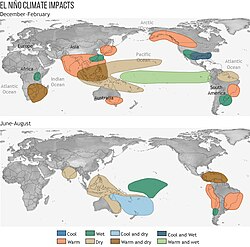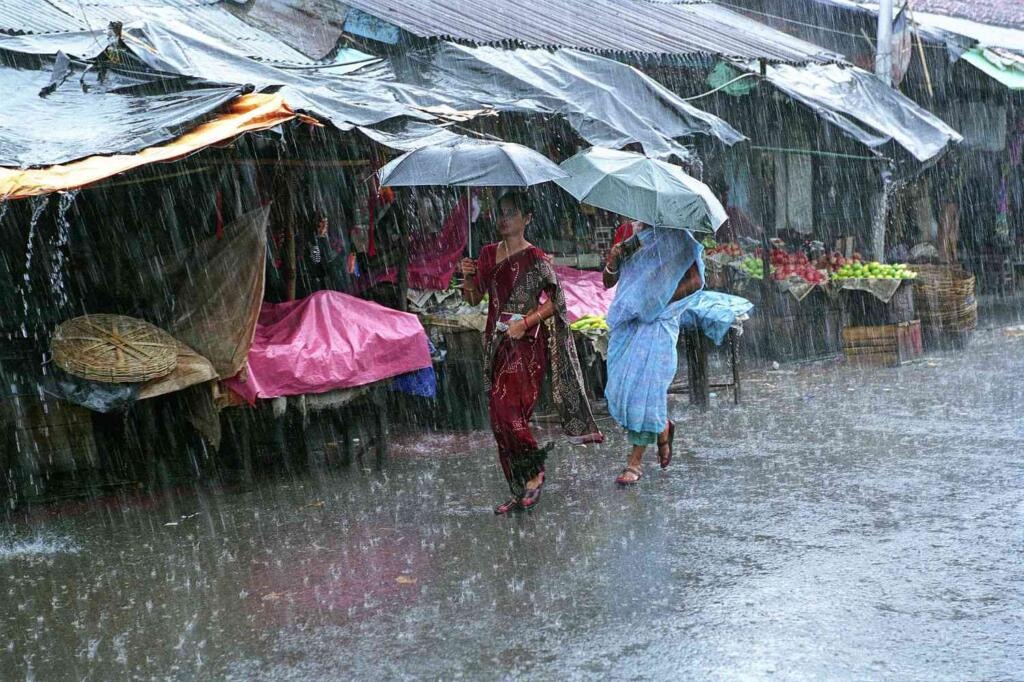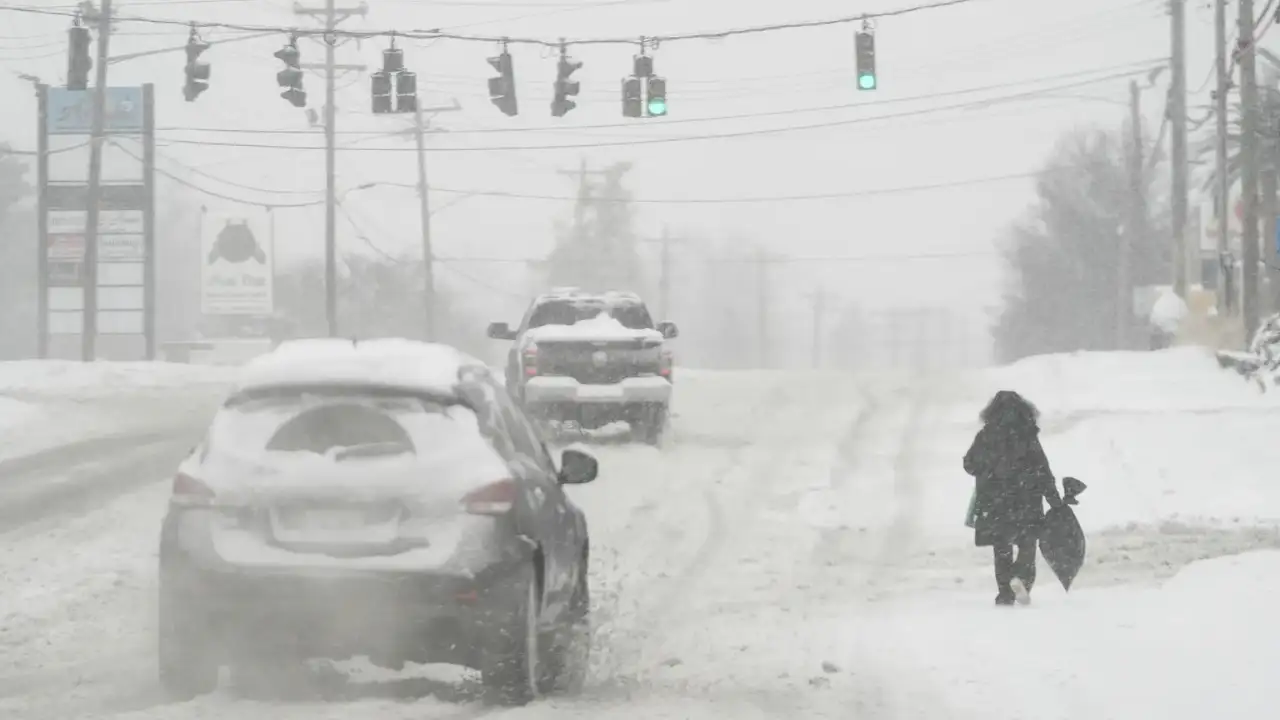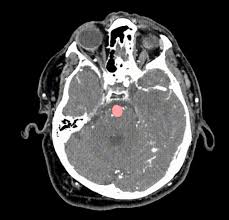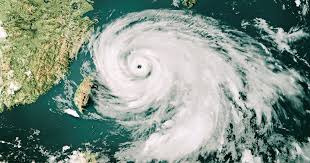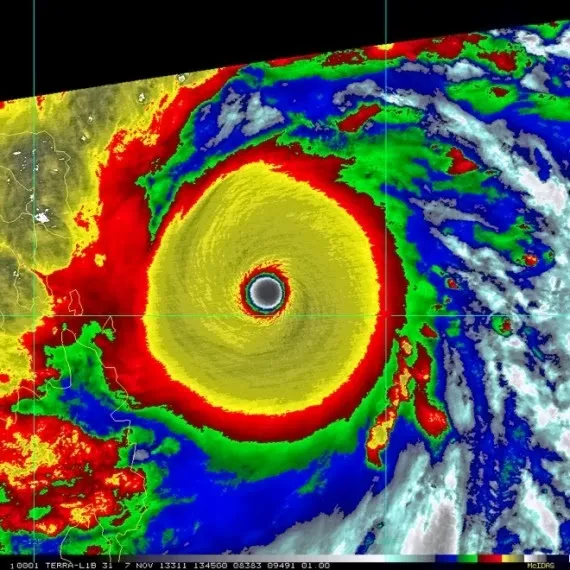
Typhoon Misu Heads Toward Philippines with Category 4 Force
A looming threat has emerged in the Western Pacific as Typhoon Misu, a rapidly intensifying tropical cyclone, barrels toward the Philippines with Category 4 strength. As of early July 2025, meteorological agencies report that the system is exhibiting sustained winds exceeding 210 km/h and continues to gain momentum as it traverses the warm waters of the Philippine Sea. The country’s weather bureau, PAGASA (Philippine Atmospheric, Geophysical and Astronomical Services Administration), has already raised storm signal warnings across parts of Northern and Eastern Luzon, anticipating landfall or close pass within the next 48 to 72 hours. With memories of previous devastating typhoons like Haiyan (Yolanda) and Odette still vivid, the government and local communities are moving quickly to prepare for what could be one of the most powerful storms of the year.
Meteorological Outlook and Typhoon Characteristics
Typhoon Misu developed from a low pressure system over Micronesia just six days ago, undergoing a rapid intensification phase due to ideal atmospheric conditions low wind shear, high humidity, and sea surface temperatures above 30°C. Satellite images now reveal a massive and symmetrical eye, signaling a stable and dangerous system. Meteorologists categorize Misu as a Category 4 typhoon, nearing super typhoon strength, with wind gusts potentially reaching up to 260 km/h. Forecast models show a high probability of the storm veering northwestward, bringing it into close proximity with Cagayan Valley, Batanes, and possibly even Isabela provinces by July 9 or 10. Depending on local steering currents, the storm may either make direct landfall or skim the coast, still unleashing massive wind and rain damage.
High Risk Zones and Public Preparedness
The Philippine government has responded with urgency. As of July 7, local governments in Northern Luzon have been advised to prepare evacuation centers, mobilize rescue equipment, and activate Barangay level Disaster Risk Reduction Committees. Schools in Cagayan, Ilocos Norte, and Abra have suspended classes, while fishermen along the eastern seaboard have been ordered to return to port. A mandatory evacuation of vulnerable coastal communities has begun, particularly in low lying barangays prone to storm surges and flash floods. PAGASA projects that rainfall may exceed 300mm in some regions, with landslides expected in mountainous areas of the Cordilleras and Sierra Madre. Authorities are also warning residents to prepare for storm surges of 2 3 meters along the coast, with potential inland flooding and uprooted power lines.
Infrastructure Challenges and Disaster Readiness
Typhoon Misu poses a critical test for the Philippines’ evolving disaster response infrastructure. Since Super Typhoon Yolanda in 2013, the country has made considerable investments in early warning systems, evacuation shelters, and local training. Yet many communities, particularly in isolated areas, remain vulnerable due to fragile housing, poor drainage systems, and limited access to medical care. The Department of Public Works and Highways (DPWH) has placed heavy equipment on standby for post storm clearing, while the National Grid Corporation of the Philippines (NGCP) has begun shutdown procedures for vulnerable transmission lines to avoid electrocution risks. Power and communication blackouts are considered likely in affected regions, and telecom companies are racing to install temporary satellite towers to ensure emergency coordination during the typhoon's onslaught.
Socio Economic Implications and Agricultural Risk
Beyond the immediate dangers of wind and water, Typhoon Misu threatens to worsen food insecurity in an already strained agricultural sector. July is a crucial month for rice transplanting and corn harvesting, and heavy flooding could destroy thousands of hectares of farmland. Northern Luzon is a major rice bowl, and damage to irrigation systems or crop failure could have a ripple effect on national food prices. The Department of Agriculture has pre positioned seedlings, fertilizers, and post disaster recovery kits, but officials acknowledge that any significant damage may take months to recover from. Livelihoods of fisherfolk, market vendors, and small scale farmers many still recovering from recent tropical depressions are once again hanging in the balance. The Department of Social Welfare and Development (DSWD) has also begun releasing emergency cash assistance in anticipation of displacement.
Community Mobilization and Local Leadership
While national agencies are spearheading the preparation effort, local communities are playing a decisive role. Barangay leaders in provinces like Kalinga and Apayao are conducting house to house checks, identifying high risk residents such as the elderly and those with disabilities. Youth volunteers are organizing food packs, hygiene kits, and first aid stations in schools designated as evacuation centers. Social media platforms are flooded with infographics from disaster agencies reminding people to charge their phones, pack emergency go bags, and monitor official weather bulletins. Community radio stations, especially in rural areas, have become critical tools in spreading localized alerts. Churches and civic organizations have also opened their doors to assist evacuees, demonstrating the strong culture of bayanihan (community cooperation) that defines Filipino resilience during crises.
Climate Change and the New Typhoon Reality
The emergence of a storm like Misu is no longer considered an anomaly but part of a growing pattern. Climate scientists have been warning for years that the Philippines is one of the most climate vulnerable countries in the world, and storms like Misu reflect how global warming is shifting typhoon behavior. Warmer ocean temperatures are causing storms to intensify more rapidly, with higher peak wind speeds and heavier rainfall. The country has also been experiencing shorter intervals between strong storms, giving communities less time to recover. Experts from the Climate Change Commission have called for accelerated adaptation strategies such as climate resilient agriculture, typhoon resistant housing, and decentralization of emergency resources as the nation braces for what could be the most active storm season in a decade.
The Days Ahead Vigilance, Response, and Recovery
With landfall or closest approach expected within 48 72 hours, Typhoon Misu remains a potent and fast moving threat. PAGASA continues to update its bulletins every 6 hours, while the Armed Forces of the Philippines is on standby for search and rescue operations. Relief trucks, medical teams, and non government organizations are converging on staging areas in Ilocos and Cagayan Valley. Residents in at risk areas are strongly urged to heed evacuation orders, prepare for several days of supply disruption, and maintain close contact with local authorities. While it is still too early to predict the full scale of Misu's impact, what is certain is that the response over the next few days will be crucial not just to minimize loss of life but to build a foundation for long term resilience. The storm will pass, but the lessons must endure.
Related Post
Popular News
Subscribe To Our Newsletter
No spam, notifications only about new products, updates.

